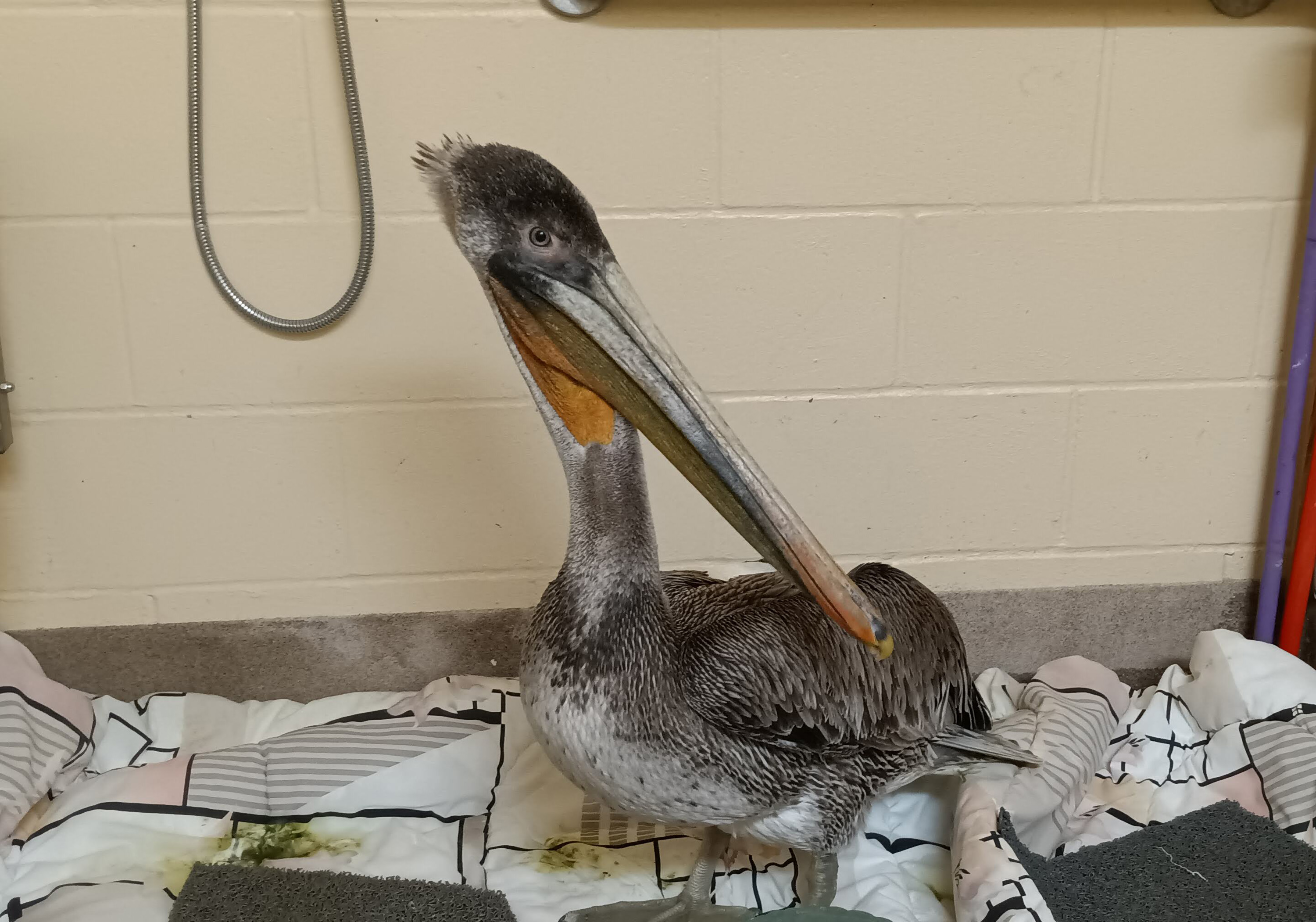Funny what a little rain can do. Last summer, the Grassland Ecological Area — a sprawling wetland tucked into agricultural fields near Los Banos in California’s Central Valley — was bone dry. For the hundreds of thousands of traveling birds that stop over in the wetlands each year, it was as if someone had boarded up the last roadside Denny’s.
The numbers of Mallard ducks began to plummet by 40 percent, much to the chagrin of the area’s numerous duck hunting clubs. Most of the other 270 avian species frequenting the area followed.
“Well a lot of bird species are down because of the drought,” said Dave Shuford, a bird researcher with Point Blue Conservation Science. “Their habitat has shrunk, their food supply has shrunk.”
But after several years of drought, last winter’s rains brought these wetlands back to the living — and with them — lots of birds.
Last week, ducks floated effortlessly through a marsh as Western Sandpipers mingled on a beach. Nearly 50 percent of the birds in the Central Valley will check in to this area during the spring as a pitstop on their annual migration along the Pacific Flyway.
“This is — when we have the water,” said Rick Ortega, director of the Grassland Water District, “the largest contiguous wetland in the Western United States.”
Though the wetlands are again teeming with life, researchers say the ongoing drought has delivered a wallop to bird populations, which have yet to recover. Over the past three years, the area, which hosts about 20 percent of the nation’s birds, has seen virtually no successful breeding occur.
California
“Some of those species were down 40 or 60 percent,” said Shuford, “just in the early part of the drought.”
Shuford said last winter’s rains, though still slightly below normal, gave a vital boost to the bird’s wetland habitat — helping to grow adjacent crops that the birds feed on during their nesting period.
The Grassland Water District distributes water to around 200,000 acres of wetlands in the Central Valley. The acreage represents just about 5 percent of the vast wetlands that once dotted the valley. Ortega said his agency has struggled to claim its allotted share of Delta water during the drought, giving even more weight to the recent rain.
“Hopefully we can start to dig ourselves out of the hole we’ve been in the past four years,” Ortega said, “where we can start to rebuild our local bird populations.”
Shuford pressed his binoculars to his eyes, surveying the patchwork of marshes surrounded by greenery — spotting flitting birds in just about every direction. Still, it was as if the happy sight of birds frolicking in graceful ponds required a reality check.
“Just because we’ve had one year of reprieve,” Shuford said, “doesn’t mean we’re out of the woods.”



